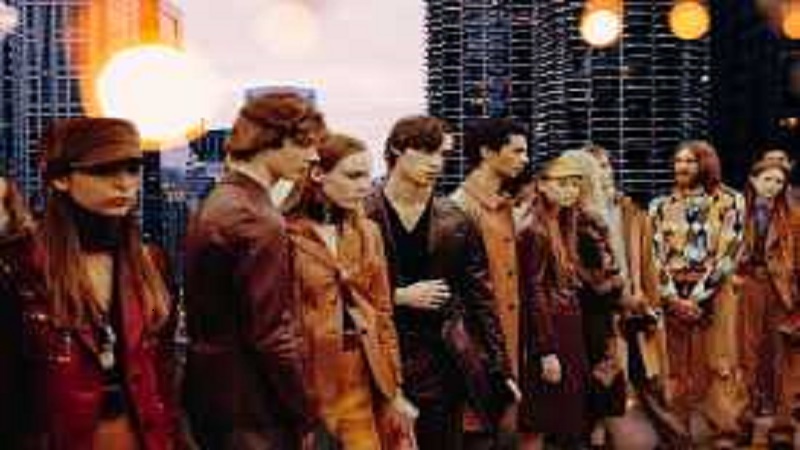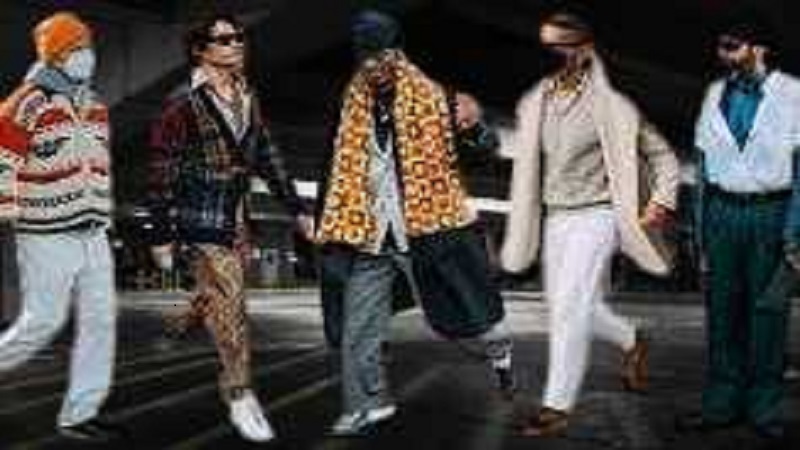Introduction
As an ongoing process fashion transforms the culture while affecting people’s lifestyle as well as their personal identity. Forecasting has gone through substantial development starting from ancient societies all the way to present-day trends which mirror both societal transformations and technological development. The paper analyses fashions development alongside its social effects and projects industry growth for the coming billion-dollar market.
The History of Fashion
The world has practiced fashion throughout numerous centuries as it has developed with cultural customs alongside technological innovations. The development of fashions followed a chronological progression through time as follows.
Ancient Fashion
Clothing performed its main purpose by offering environmental protection during ancient times. The way a person dressed was impacted both by their social position and their social category. The Egyptians crafted their linen clothes with extravagant jewellery accessories yet the Greeks and Romans preferred their wool and silk garments to be draped.

Medieval and Renaissance Fashion
Fashion emerged more elaborate during the medieval era when heavy fabrics and embroidery and layering showed social status and power of wealth. The Renaissance period transformed into artistic expression which featured luxurious dresses and corsets along with elaborate collars with numerous ruffles.
18th and 19th Century Fashion
The history of haute couture started during the 18th century when Charles Frederick Worth became an industry leader along with other key designers. Mass production during the Industrial Revolution made able items available to the middle class.
20th Century Fashion
Fashion history produced major disruptions in the twentieth century.
- During the 1920s the flapper style spread into where shorter dresses and loose shapes symbolized women seeking independence.During the Post-World War II era women adopted full skirts and fitted bodices as the primary trend.The 1970s fashion world unified bohemian with disco along with punk styles which exhibited rebel character.
Minimalist fashion together with grunge aesthetics established themselves as mainstream trends during this decade because of designers Calvin Klein and Marc Jacobs.
21st Century Fashion
The twenty-first century brings together three major forces that include inclusivity through sustainability and digital presence. The rapid spread of fashion styles happens through Instagram and TikTok which currently cooperate with sustainable activists who work for ethical clothing production.
The Impact of Fashion on Society
The elements beyond clothing which represents include culture and identity together with the variations of social trends. The world impacts these four specific domains: diversity in style expression and Black culture along with urban youth communities and Society Global ideas spreading throughout the fashion world.
Self-Expression and Identity
Through people can communicate their individual characteristics as well as their faiths and creative talents. Young people use streetwear as a platform to display their cultural heritage combined with their individual fashion expression.
Economic Influence
The industry functions as a worldwide commercial leader which generates trillions worth of economic value. The fashion industry provides support to designers together with manufacturers retailers and influencers who control trends and innovation.
Environmental and Ethical Concerns
The rapid craze leads to major ecological issues as well as severe violations of human labour rights. The main objective of sustainable clothing companies includes employing environmentally responsible resources while maintaining ethical supplier relationships and just working conditions.
The Future of Fashion
Modern fashion developments occur because of technological progress as well as changing customer behaviour. Here are some emerging trends:
Sustainable Fashion
The sustainable movement enhances both environmental preservation and ethical production by applying eco-materials and improving practices along with importance of premium garments and reused products and novel biodegradable fabric technologies.
Digital and Virtual Fashion
Digital clothing as well as NFTs (non-fungible tokens) are gaining popularity within the evolving metaverse because they enable people to don virtual wearables in digital environments.
AI and Personalization
Through AI technology receives significant changes in delivery of personalized shopping solutions. This system takes data inputs to suggest fashion products while also enabling virtual dressing trials which creates better consumer satisfaction by reducing return rates. AI systems enable brands to develop appropriate collection ranges while improving their inventory management techniques which results in items that better meet customer demands.
FAQ
1. What is the definition of fashion?
The styles which change with time known as cover clothing items together with footwear and lifestyle decisions as well as accessories which express cultural and social and individual preferences.
2. How does fashion impact society?
The industry generates changes in modern social practices and both defines cultural values and drives regional economic development. Self-expression through enables people to show their identity while industries benefit from its support and employment opportunities exist and it occasionally draws attention to sustainability problems.
3. What are some of the biggest fashion trends today?
Various present-day fashion movements include environmentally friendly moral alongside virtual digital clothing designs and inclusive designs for all genders as well as vintage renaissance styles from Y2K and retro looks.
4. How can I develop my own fashion style?
To develop a personal style people must try various clothing items while studying their body shape alongside their colour preferences and learn from fashion resources while embracing individual characteristics.
5. What is the future of the fashion industry?
The industry is transforming towards several advanced trends that will define its future direction.
Buildings and manufacturing institutions will shift towards sustainable operations by implementing eco-conducive product development while creating waste reduction schemes within circular approaches.
Social inclusivity will become more prominent through brands that serve wider physical body shapes as well as racial and gender spectrum identities.
Online shopping experiences will use digital artistic innovations like AI along with AR technology to deliver customized service solutions that give customers virtual attempts and customized product suggestions.
Consumers will expect complete compliance from brands regarding their manufacturing supply chains which will require businesses to reveal their entire production sequences.
Second-hand shopping and clothing rental options will introduce resale and rental models to create sustainable approaches for consumption by changing traditional ownership approaches.
The industry will develop ethically and innovatively while maintaining bright and creative forms of personal style expression.

Conclusion
The business exists as a changing sector which displays historical elements together with cultural characteristics and technological developments. Development paths of fashion will be formed by the essential themes of sustainability as well as inclusivity and digital innovation. Through self-expression or trend following enables people to create strong social effects while expressing themselves.
